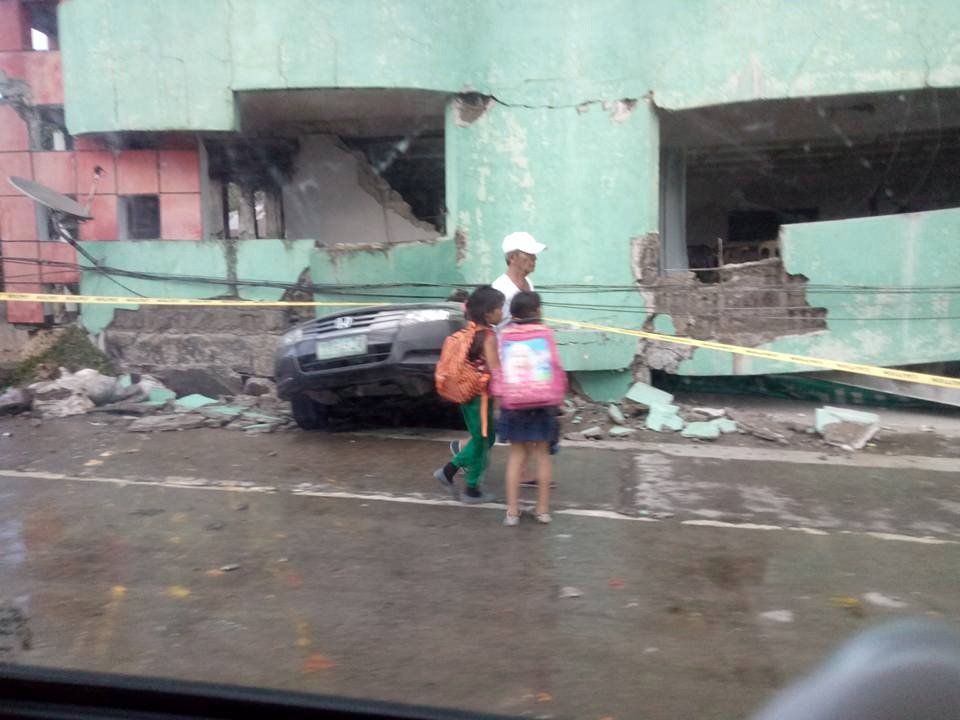
A 6.5-magnitude earthquake struck the central Philippines today (Thursday, July 6), killing at least one person inside a collapsed building.
The Philippine Institute of Volcanology and Seismology (Phivolcs) said aftershocks were expected but ruled out any tsunami following the quake that rocked the towns of Jaro and Kananga in Leyte province.
The death occurred in Kananga, where a three-storey commercial building collapsed as the quake struck the island of Leyte, town mayor Rowena Codilla told DZBB Radio.
Rescue efforts ave been hampered by aftershocks and lack of proper equipment. It is not yet known how many more people remain trapped inside the building.
The quake at 4.03pm was recorded at a depth of about four miles, the US Geological Survey said.
President Duterte has said that any natural disaster was an “act of God” as he assured quake victims of immediate aid from the government.
“Actually, to be really very, very frank with you, nobody but nobody can foretell a disaster,” he said. “That’s why in the insurance business, disasters are called or categorised an ‘act of God’.
“Just for want of any other term to use it, a massive destruction.”
Presidential spokesman Ernesto Abella, meanwhile, asked the affected residents to keep calm and updated on the latest earthquake information.
“We ask our people, especially residents of affected areas, to stay calm and yet remain alert and vigilant for aftershocks as we assure them of immediate assistance by the government,” he said.
In February, a 6.5-magnitude quake killed eight and left more than 250 injured in the southern city of Surigao.
Then, in March, a 5.9-magnitude tremor killed one person.
Before the Surigao quakes, the last lethal earthquake to hit the country was a 7.1-magnitude tremor that left more than 220 people dead and destroyed historic churches when it struck the central islands in October 2013.
The Philippines lies on the so-called Ring of Fire, a vast Pacific Ocean region where many quakes and volcanic eruptions occur.
